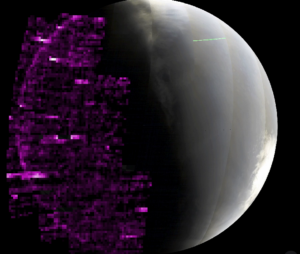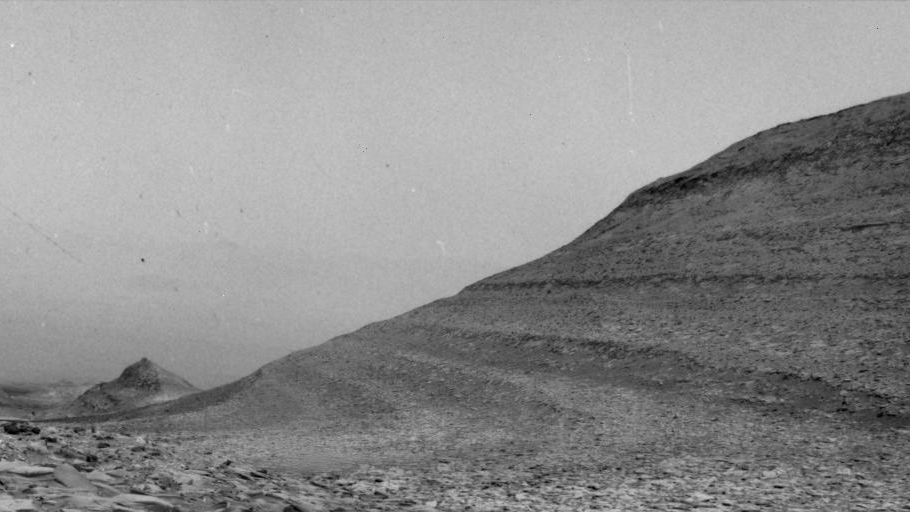
Credit: NASA/University of Colorado/LASP
On May 20, an X12 Solar Flare pummeled Mars with high-energy light and particles, causing aurorae we could detect with the MAVEN mission orbiting Mars as well as through static flickers in Mars Curiosity’s normally pristine images. The Mars Curiosity rover’s Radiation Assessment Detector measured a radiation dose of 8,100 micrograys, which is the equivalent of 30 chest X rays. This was the highest radiation burst Curiosity has so far measured, but it was most likely not the highest blast Mars has recently received.
Back in 2003, 2 solar max ago, the Sun unleashed a massive X45 flare in the direction of Mars. This event grazed our world, sending astronauts into their more protective capsules and many satellites into safe mode… if they were lucky. A lot of satellites died from this and other flares that fateful October.
We’re not exactly sure how much radiation hit Mars, but we do know it was enough to destroy the Martian Radiation Environment Experiment on board Mars Odyssey. Designed specifically to measure solar activity, this is the one time I feel engineers failed to over-engineer for what our solar system can throw at these missions.
Solar max was originally predicted for July 2025. Given the rise in sun spot numbers, some researchers estimate it could come early, but we probably still have many more months before the sun becomes most active as it’s magnetic field hits this midpoint in its reversal. Once that happens, it should begin its slow, 6.5 year journey to solar minimum.
Reference: NASA Watches Mars Light Up During Epic Solar Storm

Credit: NASA/JPL-Caltech
